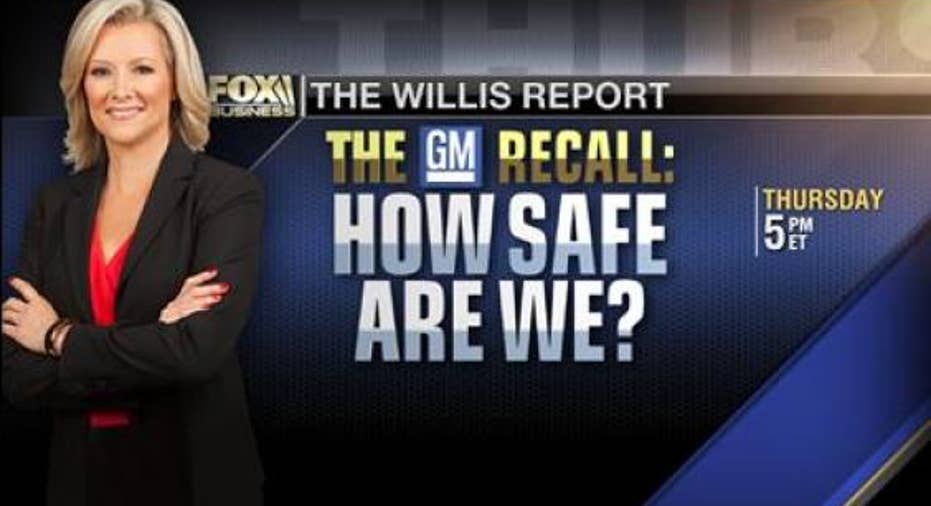GM Recall: Warnings Ignored

Three months after GM CEO Mary Barra first testified before a Congressional panel, questions remain about how the one-time global vehicle manufacturing leader allowed a safety problem to fester for 11 years resulting in 54 head-on car crashes and at least 13 deaths.
While Barra will appear again next week to testify before another Congressional panel, the fact that the “pattern of accidents” as a report to GM directors described it, wasn’t detected for over a decade is nothing short of astonishing. Problems with the ignition switch designed to be used in numerous GM models on the company’s Delta production platform were evident early. The engineer who designed it, for example, called it the “switch from hell” because the prototype performed so badly.
GM’s top engineers may have been mystified by the problems with the ignition switch, which became evident early on in its Cobalt model, but others were not. In fact, in 2007 a trooper from the Wisconsin Safety Patrol made the link between the ignition switch turned to accessory mode and the fact that airbags did not deploy seven years before the company recalled cars with the switch. He wasn’t the only one.
That same year, Indiana University’s Transportation Research Center made the same connection between the switch and airbags that didn’t deploy at the very time drivers needed them. Then, in 2013, an expert hired by a plaintiff’s attorney did what GM engineers had apparently failed to do: took apart the switches to find the problem.
Even inside GM, there was a growing recognition that something was seriously wrong. The company’s director of product investigations, a special group of safety experts, succeeded in turning off the car with her knee. Multiple investigations were launched, but nothing ever much came of them. Ultimately, the company determined that fixing the problem was simply too costly and instead sent a bulletin to dealers warning them that these cars could stall.
Anton Valukas, who penned the report to GM directors, wrote that throughout the decade of probes “there was no demonstrated sense of urgency, right to the very end. The officials overseeing the potential fixes and investigations did not set timetables, and did not demand action.”
The lack of action is all that more confounding when you realize the legacy that GM was protecting. The company is one of the largest engineering and manufacturing enterprises in the world. For 77 years until 2007 (and again in 2011), GM sold more cars worldwide than any other company.
And, the Cobalt, in particular, was a brand designed to advance that legacy. As SUV and car sales slowed during the 2000s, GM searched for the perfect small car to compete with the Toyota Corolla and Honda Civic. Executives thought they had found that car in the Cobalt. Marketers launched the Cobalt at spring break events, and hosted previews at nightclubs. The strategy worked. By the end of 2008, 40 percent of Cobalt Coupe sales were to drivers under 30.
But the Cobalt, as everyone now knows, didn’t extend GM’s legacy, it was a blot on that legacy. And, now, it remains to be seen just what its long-lasting impact might be.
Don’t miss our GM Special: How Safe Are We? Thursday 5pmET on FOX Business



















